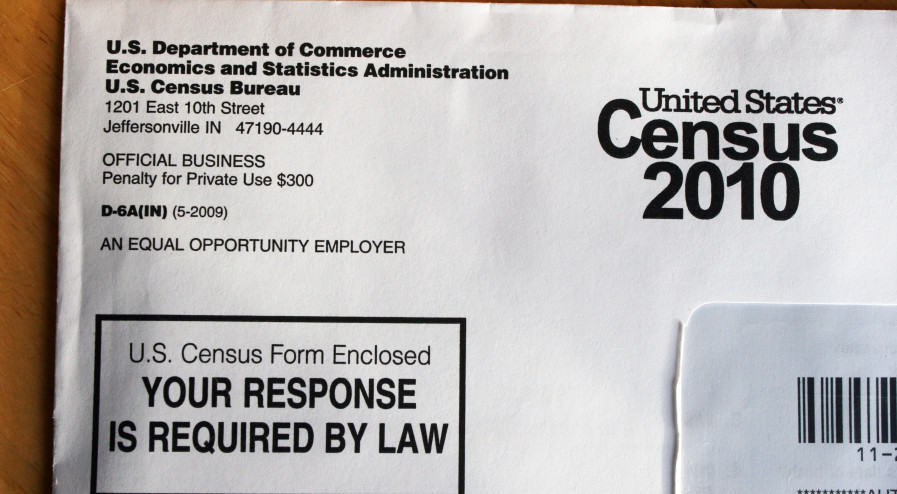The Race of a Criminal Record: How Incarceration Colors Racial PerceptionPosted in Articles, Media Archive, Social Science, United States on 2016-04-04 01:32Z by Steven |
The Race of a Criminal Record: How Incarceration Colors Racial Perception
Social Problems
Volume 57, Issue 1 (February 2010)
pages 92-113
DOI: 10.1525/sp.2010.57.1.92
Aliya Saperstein, Assistant Professor of Sociology
Stanford University
Andrew M. Penner, Associate Professor of Sociology
University of California, Irvine
In the United States, racial disparities in incarceration and their consequences are widely discussed and debated. Previous research suggests that perceptions of crime and the operations of the criminal justice system play an important role in shaping how Americans think about race. This study extends the conversation by exploring whether being incarcerated affects how individuals perceive their own race as well as how they are perceived by others, using unique longitudinal data from the 1979 National Longitudinal Survey of Youth. Results show that respondents who have been incarcerated are more likely to identify and be seen as black, and less likely to identify and be seen as white, regardless of how they were perceived or identified previously. This suggests that race is not a fixed characteristic of individuals but is flexible and continually negotiated in everyday interactions.
Read or purchase the article here.





